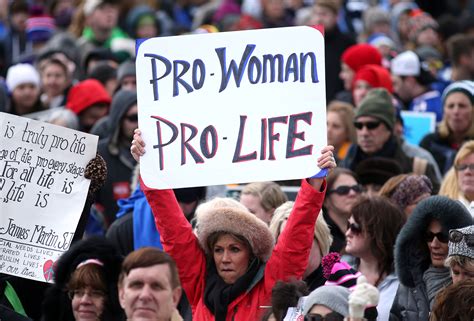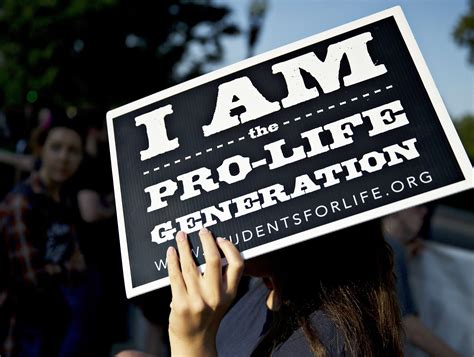By Lila Rose
Two little boys celebrated their first birthdays this summer, one in Minnesota and one in Alabama – miles apart, but with similar stories. Both born at 21 weeks, Richard Hutchinson and Curtis Means were 131 and 132 days premature, respectively.
These tiny but resilient babies weighed just ounces when born, fitting into the palms of their mothers’ hands. They both surpassed all medical expectations and were recognized by the Guinness World Records as the most premature baby to survive; Curtis now holds the title.
Their stories, although record-worthy, are becoming more common as advancements in medicine move back the age at which a child can survive outside his or her mother’s womb. Similarly, advancements in technology confirm that a preborn child is a human being at the point of conception – not magically at 21 weeks – a fact discussed Wednesday at the Supreme Court.

Unconstitutional, unscientific, immoral
On Wednesday, the court heard Dobbs v. Jackson Women’s Health Organization. The law under scrutiny, passed by Mississippi in 2018, limits abortion after 15 weeks, except in cases of medical necessity or severe fetal abnormality.52″ Casa Vieja Tropical Oak Frosted Glass LED Ceiling Fan – Style 71V39AdLamps Plus
Today, the state allows abortion up to 20 weeks – just one week before Richard and Curtis were born. After five decades and 62 million babies killed, it’s far past time for the Supreme Court to admit that the so-called viability standard established by Roe v. Wade – which prohibits states from banning abortions before the preborn child can survive outside the womb – is unscientific, unconstitutional and morally wrong.
What did Roe v. Wade actually say?: The landmark abortion rights ruling, explained
This case is making headlines – alongside Texas’ SB 8 Heartbeat Act – as it finally brings into question Roe’s viability standard. A decision in favor of Mississippi would likely allow states to pass legislation protecting the preborn in a way that has been impossible since Roe.
Abortion activists argue that a baby’s humanity begins with her ability to survive outside the womb; yet science and reason tell us her humanity is present at the moment of fertilization.
My organization, Live Action, one of the nation’s leading human rights nonprofits, alongside leading OBGYNs and medical professionals, has released a state-of-the-art animation of a baby’s development within the womb. Baby Olivia depicts the moment life begins and beyond to show the humanity of the preborn throughout each stage of development, complete with beating heart, brainwaves, fingers and toes.
This glimpse of early human life demonstrates its true beginning at fertilization when Olivia becomes a unique individual with her gender, ethnicity, hair and eye color – among other traits – immediately determined. By nine weeks, Olivia can suck her thumb and swallow.
Olivia’s continuous growth over time makes it clear that Roe’s “viability” precedent is arbitrary and unscientific. Even pro-Roe former Justice Sandra Day O’Connor acknowledged that “viability” is a wavering, contingent line: “As medical science becomes better able to provide for the separate existence of the fetus, the point of viability is moved further back toward conception.”© Live ActionLila Rose is the founder and president of Live Action and author of “Fighting for Life.”

Dependency doesn’t negate humanity
Not only is it logically inconsistent and unscientific, but it is also immoral to use the arbitrary standard of viability to determine a child’s legal status and, ultimately, worth.
As children, we were each dependent on others for our existence, our nourishment and our survival. Why should a preborn child’s physical dependency on his mother determine whether or not he is protected by law from the lethal violence of abortion?
Why should the court rule that life at 15 weeks is not a life worth saving, but that life at 20 weeks is? There is nothing “potential” about Richard’s humanity at 21 weeks, which existed since conception. Curtis’ life was no less valuable a few weeks before he was born. He was no less human just days before he took his first breath. And he is no more important now, on his first birthday, than he was the first moment he spent in his mother’s womb. © Live ActionBaby Olivia is a state-of-the-art animated depiction of a baby’s development within the womb, showing each stage of development.
Richard, Curtis and others like them force abortion advocates to acknowledge an inconvenient truth: There is no difference between a 21-week-old baby born prematurely and one that remains inside his or her mother’s womb.
Read More From The PatriotAmerican
The degree of a child’s dependency does not determine his humanity. If anything, the more vulnerable a child is, the more legal protection they need and deserve.
So regardless of prematurity or “pre-viability” status, human infants, born or in-utero, should be entitled to protection by the same laws that protect the rest of us.
It’s time to trust the science and embrace life.

